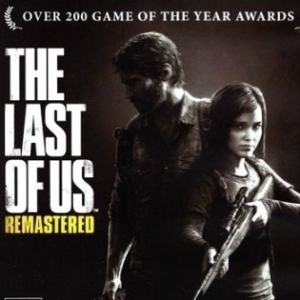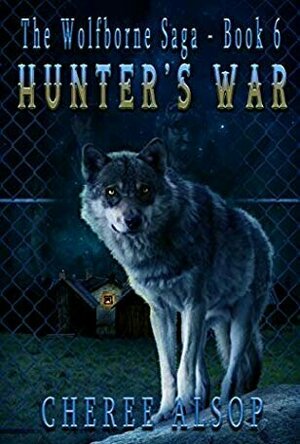
New Scientist International
News and Magazines & Newspapers
App
New Scientist is the world's number one science and technology magazine, and online we are the go-to...

A2A Global Network
Shopping and Lifestyle
App
The world has gone mobile! Most of us are in possession of a smartphone, but seldom are we aware of...
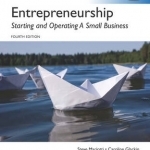
Entrepreneurship: Starting and Operating a Small Business, Global Edition
Steve Mariotti and Caroline Glackin
Book
For courses in Entrepreneurship, Small Business Management, and Starting a Business. A...
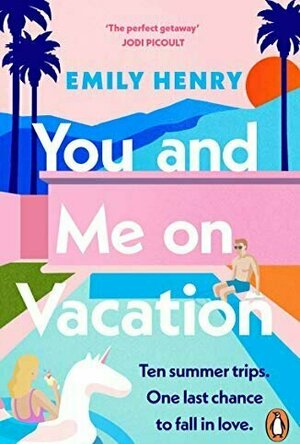
You and Me on Vacation
Book
TWO FRIENDS TEN SUMMER TRIPS THEIR LAST CHANCE TO FALL IN LOVE 12 SUMMERS AGO: Poppy and Alex...

AMERICA IN WWII magazine
Book and Magazines & Newspapers
App
Face World War II beside the Greatest Generation—in AMERICA IN WWII. Discover battles of air, land...
Alison Pink (7 KP) rated Stiletto 911: The Makeover Manifesto in Books
Jan 15, 2018
It tells the story of Morgan who has a complete break down in her faith of herself. That break down climaxes with her artist boyfriend tossing her designer duds out the window of their apartment onto a rain soaked street. This causes Morgan to take a step back and analyze the way she was presenting herself to the world.
The story of itself was okay. Morgan was an interesting character that had many layers to her. However, I found it fairly predictable which surprised me. I expected to enjoy the story more than the self help suggsestions at the end of each chapter, however I found myself more engrossed in them than the story itself.
This was an okay read. It put many interesting points out there for you to consider and look at in your own life. The writing left something to be desired however. If I took one thing from it, it is a renewed passion for journaling. I'd done it in the past but kind of let it fall by the wayside. This book makes me want to pull it back out & use it to help me sort through my own life.
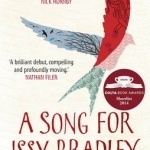
A Song for Issy Bradley
Book
This is the story of what happens when Issy Bradley dies. It is the story of Ian - husband, father,...
LeftSideCut (3776 KP) rated The Last of Us Remastered in Video Games
Jul 22, 2020
Fast forward to the Remastered release on PS4, and I had exactly the same issue. I got a little further this time (reached the abandoned hotel) but just got distracted by another game and never bothered to go back.
About a month before TLOU2 released, I decided to give it one last try, and it finally clicked into place.
Before I knew it, I was obsessed with finding as many supplies and resources as I could, checking every dark corner and locked room, as I slowly grew to care deeply for Joel and Ellie along the way.
This bleak and unforgiving world of TLOU is possibly what put me off before, but this time around I found it easy to get lost in (definitely nothing to do with the current state of the real world...probably).
The combat is a little jumpy at times, but it has that unmistakable Naughty Dog design that has since been perfected and it's easy enough to get used to. Whilst I wound up frustrated at enemy encounters early on, by the games halfway point it all felt a lot smoother and satisfyingly brutal.
The "zombies" are straightforward enough, but the design of the Clickers is something original and particularly nasty.
The narrative is the main draw for TLOU though. The characters of Joel and Ellie are so well crafted, and the back and forth between the two is extremely well written. The sense of protection that I felt for Ellie was strong, so hats off to Naughty Dog for smashing that element.
I'm glad I finally got round to seeing the appeal of TLOU. It's a well crafted adventure that deserves the praise it gets.
Merissa (13600 KP) rated Hunter's War (The Wolfborne Saga #6) in Books
Jan 29, 2020
I've got to admit, I don't think I've ever read any other story where the hero has so little regard to his own life/safety but it fitted here, it really did. Zev manages to find a way to bring both parts of his life together, and it couldn't be more perfect. I adored the ending, although I always want that little bit more. It was perfect for an epilogue but I never got one (poor me!). That also means it's ripe for the story to continue so who knows?
Obviously, this book doesn't end on a cliffhanger but all the other parts are still there. Fantastic characters, brilliant world-building, and perfect pacing throughout. I really don't feel ready to say goodbye to this series but I've come to an end so I guess that's that... unless I re-read 😉
This series started off as 4-stars and has finished with 5, so if you are on the lookout for a clean paranormal story/series that just gets better and better, then why not take a chance on this one!
* A copy of this book was provided to me with no requirements for a review. I voluntarily read this book, and the comments here are my honest opinion. *
Merissa
Archaeolibrarian - I Dig Good Books!

Redstone Maps for Minecraft PE Pocket Edition !
Reference and Catalogs
App
THE BEST REDSTONE ENGINEERING MAPS FOR MINECRAFT PE!...

